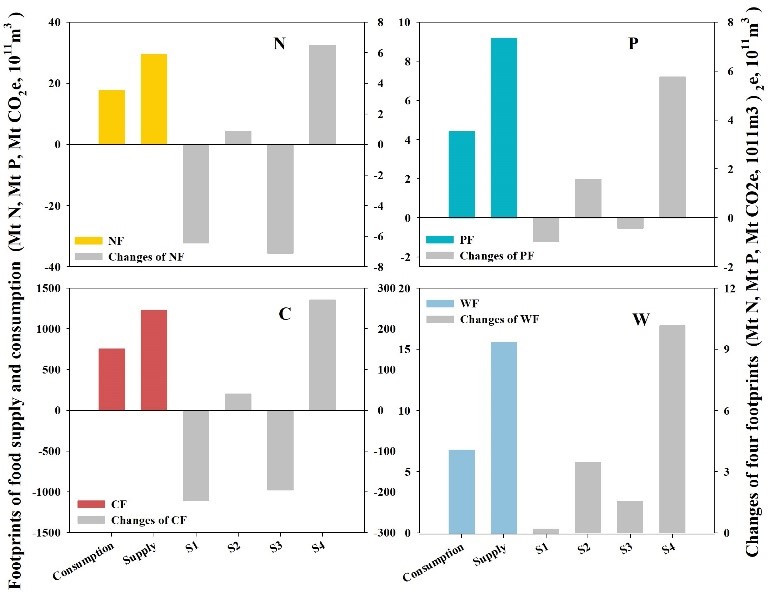Food system is a complex system that affects human and environmental health, which relates to the realization of the United Nations Sustainable Development Goals directly. Current food consumption led to heavy burden to residents’ health, and the improvement of nutrition-related diseases and chronic diseases through dietary adjustments has been put on the United Nations global agenda. The EAT-Lancet Committee issued the EAT-Lancet report on “food, planet, health”, which proposed a global healthy diet and sustainable food production standards from the perspective of sustainable food system to support and facilitate food system transformation. For a long time, the food system attracts widespread attentions as an effective way to improve residents’ health and coordinate the sustainability of the environment system. However, since 2020, the outbreak of COVID-19 and the desert locust disaster in East Africa have exposed the fragility of the agricultural food supply chain. Global food security is facing a great challenge. How to achieve the Sustainable Development Goals in 2030 under the background of climate change, human health issues, and global uncertain disasters is thorny.
Based on the data support of the China Health and Nutrition Survey (CHNS https://www.cpc.unc.edu/projects/china), the study applied binary logistic regression to establish the relationship between socio-economic and dietary factors and the probability of obesity at individual level. We assessed carbon footprint and obesity risk effects of five types of dietary adjustment groups, such as substituting meat with soy products, substituting milk with non-milk animal-derived foods, structural adjustment of meat consumption, substituting cereals with tubers, and substituting meat with plant-based foods. Results showed that the plant-based food oriented dietary adjustment cases can produce obvious co-benefits (Figure 1). For example, making a 50g replacement, the scenario of substitution of red meat with milk, soy products, and white meat produces a 9.1 Mt, 6.5 Mt, and 3.4 Mt CO2e annual CF reduction in China under an assumption that half of the population adopts the dietary substitution twice a week. Besides, protein, fat, and energy will not be significantly disturbed.

Figure1 Co-benefits of 16 types of dietary adjustment scenarios
In addition, dietary adjustment directly affects the food supply. Under the guide of Chinese dietary guidelines 2016, we put food loss and waste in the supply chain into consideration, and analyzed the emphasis of China’s food supply chain adjustment and the corresponding environmental effects (Figure 2). Results showed that food supply adjustments should focus on meat, milk, and fruits in the future. At the same time, if the loss and waste between food supply and consumption are not considered under the dietary structure adjustment, the environmental effects of dietary adjustment will be underestimated, and when the residents’ food consumption level reaches the recommended upper level, nitrogen and phosphorus, carbon and water footprints will increase by 22%, 63%, 22% and 65% respectively.

Figure 2 Relative changes of different environmental footprints under different implementation degrees in four scenarios compared with the effects in 2015. The first two bars in each sub-graph represent the total environmental footprints of food consumption and food supply. The gray bars represent the changes in environmental footprints under different scenarios.
The research output has been published in the top environment relevant journal, with an IF of 8.086 and 7.246. The research was jointly completed by the Institute of Urban Environment Chinese Academy of Sciences, The University of Adelaide, and The University of Sydney. Doctoral candidate WANG Lan is the first author, and Prof. Cui Sheng-hui is the co-corresponding author. This work was supported by the International (Regional) Cooperation and Exchange Program, the National Natural Science Foundation of China (71961137002) and the National Basic Research Program of China (2014CB953801), the National Key Research and Development Program of China (Grant No.2017YFC0506606), and the National Science Foundation for Young Scholars of China (Grant No. 41801215).
Paper link :1 2